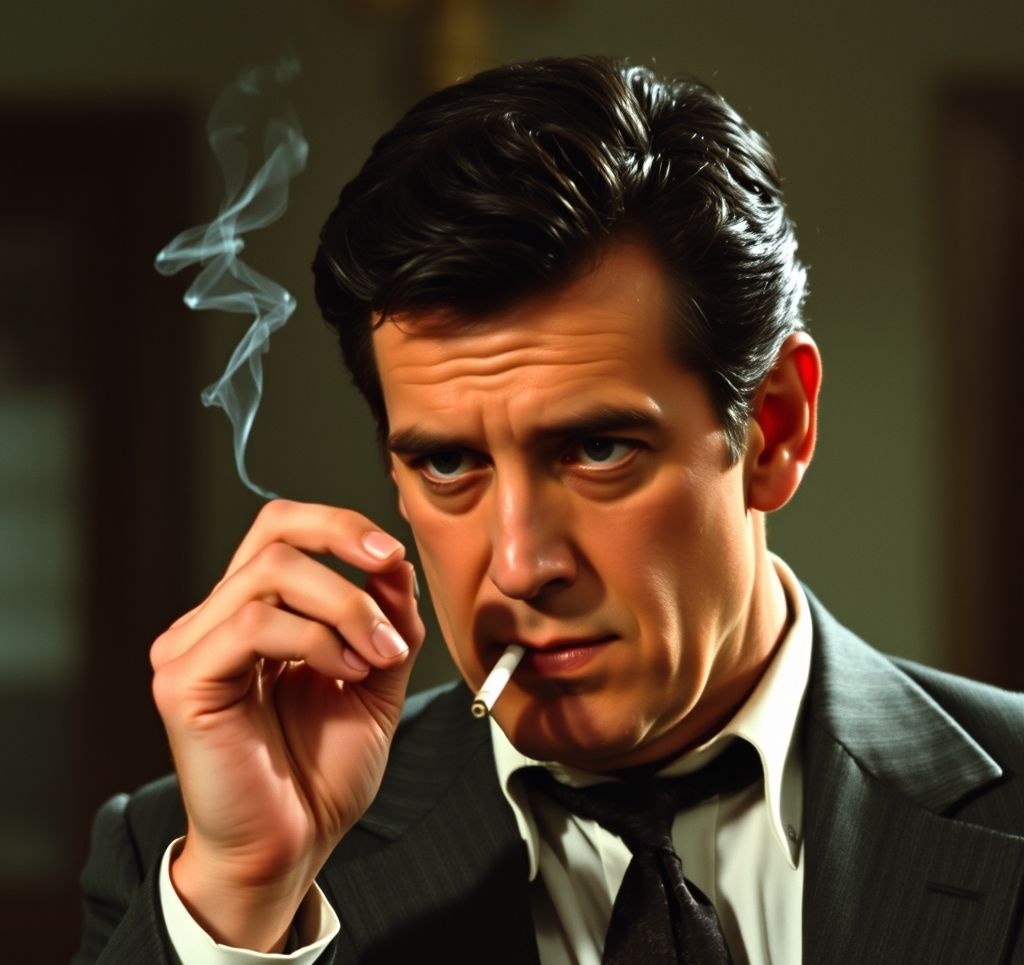The Seduction and Corruption of the American Dream
At its core, Goodfellas examines a distinctly American paradox: the simultaneous glorification of wealth and success alongside condemnation of those who achieve it through illicit means. Henry Hill's journey represents a twisted version of the American Dream, where a young man from humble beginnings achieves wealth and status, but through a criminal parallel economy rather than legitimate channels.
The film acknowledges the real socioeconomic factors that made organized crime attractive to marginalized immigrant communities. For young men like Henry, born into working-class families with limited opportunities, the mob offered an alternative path to the prosperity they saw celebrated in American culture but felt excluded from attaining through conventional means.
Scorsese portrays this criminal subculture with anthropological detail—the social hierarchies, unwritten rules, and specific cultural practices that constitute an entire shadow society. The early scenes linger on the material rewards of mob life: the lavish nightclubs, custom suits, and privileged access. Yet as the narrative progresses, the dream curdles into nightmare. By the film's conclusion, Henry has lost everything, including his identity, suggesting that the American Dream pursued through corrupt means ultimately leads to self-destruction.
Moral Ambiguity and Complicity
Goodfellas places viewers in an uncomfortable position by creating identification with deeply flawed, often monstrous characters. Through techniques like first-person narration, subjective camera work, and charismatic performances, Scorsese makes the audience complicit in Henry's perspective before gradually revealing the full horror of this world.
The film refuses easy moral judgments while never glorifying violence. When Tommy brutally murders Billy Batts for a perceived insult, the camera doesn't flinch, forcing viewers to confront the genuine horror of an act that Tommy and his associates treat as routine. Similarly, Karen's gradual corruption—from initial shock at the criminal lifestyle to active participation and even sexual arousal at Henry's violence—mirrors the audience's own potential seduction by the film's charismatic portrayal of criminality.
By the conclusion, Henry's betrayal of his associates, while necessary for his survival, is presented without heroic framing. His decision to become an informant stems from self-preservation rather than moral awakening, leaving viewers to grapple with a protagonist who never truly acknowledges the human cost of his choices.
Masculine Identity and Toxic Brotherhood
The film presents organized crime as a hypermasculine subculture with specific codes governing male behavior and relationships. Physical violence, sexual conquest, and material wealth serve as the primary markers of status in this environment. Tommy's extreme volatility stems partly from his need to constantly prove his masculinity through dominance displays, while Paulie's quiet authority represents a more restrained but equally potent version of criminal patriarchy.
The brotherhood among Henry, Jimmy, and Tommy initially appears genuine but ultimately proves conditional. Their loyalty extends only as far as mutual benefit, with Jimmy plotting to eliminate Henry when he becomes a liability. The film suggests that the masculine bonds celebrated in more romanticized gangster narratives are ultimately subordinate to self-interest in the actual criminal world.
Women in this environment are either possessions to be displayed (like Henry's mistress) or eventually corrupted into accomplices (like Karen). Karen's narration provides crucial counterpoint to Henry's, offering a female perspective on a male-dominated world, but her participation in Henry's crimes complicates any reading of her as merely a victim of circumstance.
The Banality of Evil
Perhaps Goodfellas' most disturbing insight is how it portrays extreme violence and criminality as routine aspects of daily life for its characters. Rather than presenting gangsters as larger-than-life figures making grand moral choices, Scorsese shows them as ordinary people for whom murder and extortion are simply professional activities—discussed with the same casualness as a business lunch.
The domestic scenes in particular highlight this normalization of criminal life. Henry and Karen argue about marital issues while hiding guns and planning drug deals. Tommy's mother serves dinner to her son and his friends after they retrieve a knife to dismember a body in their trunk. This juxtaposition of extreme violence with domestic banality creates the film's most unsettling effect, suggesting how easily humans can compartmentalize immoral behavior when it becomes socially normalized within their community.
Even in witness protection, Henry's primary complaint isn't moral reckoning with his crimes but disappointment with the quality of Italian food available to him. This final note underscores the film's darkest insight: that for Henry, the loss of status and comfort matters more than the lives he helped destroy.












